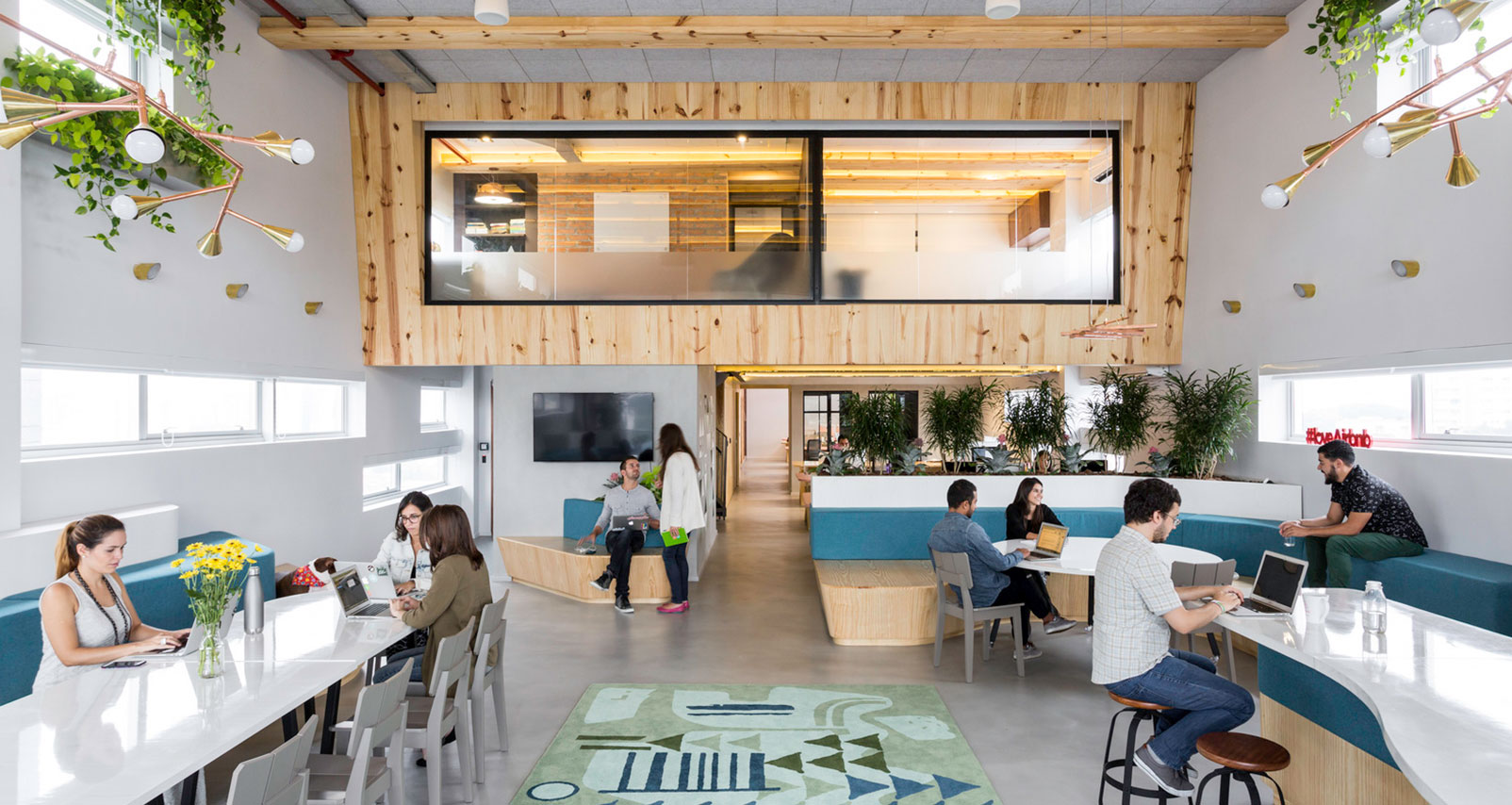“Technology is changing the most fundamental truth about commercial real estate (CRE)—that value is based solely on location, location, location,” according to a 2016 report from the Deloitte Center for Financial Services. The trillion-dollar question: If location is no longer the paramount feature of premium office space, what is? The answer lies with smart building solutions and budding building tech.
1. Tenants are paying a premium for tech
Location used to be the end-all, be-all of commercial real estate. However, building owners are finding a new way to differentiate and add value to their properties: smart building technology.
Millennials are currently the largest cohort in the workplace and will make up 75% of the workforce by 2030. Therefore, it's becoming increasingly important to create a workspace that meets their evolving needs and expectations. Accustomed to on-demand technology, collaborative workspaces, and the sharing economy, this generation has a reputation for caring more about immediacy, flexibility, and customization in the workplace than it does about square feet per person. In fact, according to a recent Dell survey, 82% of millennials said the quality of available technology in the workplace would influence whether they would accept a job. Essentially, a building with premium tech just might be the swing vote between attracting quality talent and losing them to the competition. CBRE’s recent survey of 229 corporate executives revealed that occupiers are increasingly viewing the workplace as both a critical employee attraction and retention strategy. Top employers (and desirable anchor tenants) are willing to pay more to lease premium office spaces that feature the cutting-edge tech that their employees are expecting and demanding.
2. Introducing "humans-as-sensors"
The application of sensors in buildings is nothing new. Long before Big Data and Internet of Things became buzzwords, most building managers were already deploying complex networks of sensors to measure elements like motion, light, and temperature in commercial buildings. However, without appropriate software in place, the data obtained by these sensors has gone largely underutilized. Thanks to advances like connected lighting and cloud-enabled apps, occupants can now communicate directly with the building itself—telling it exactly what they want, when they want it, where they want it. This human input combined with data from existing building management systems allows building operators to better automate processes and create an ideal environment for occupants. Some smart buildings even aim to anticipate occupant needs.
3. Real estate as an ongoing service
The humans-as-sensors concept is part of a larger people-centered movement. Empowered by new smart building tech, leaders in commercial real estate are challenging the old 'set it and forget it' approach to buildings and championing the idea that a building is actually a dynamic system that can, and must, adapt to the ever-evolving preferences of its users over time.
4. We're getting smarter about space utilization
Thanks to smart building technologies, companies can now uncover actionable data and analytics to solve one of the biggest challenges faced by workplace managers and in-house CRE executives…limited space. Maintaining a robust real estate portfolio is expensive, but tight quarters can lead to stressful and unproductive workplaces. Therefore, it's incredibly important to maximize the space available.
Smart building tech helps by both improving utilization of existing spaces and informing choices for future space management. For example, CBRE's Workplace 360's offices leverage technologies like "plug and play" workstations and "follow me" printing to enable a more flexible work style with a 100% "free address" office with no assigned seating. Meanwhile, at WeWork, motion sensors and room reservation software are analyzing usage data and helping CRE executives make strategic decisions on how much square footage should be allocated to conference rooms, phone booths, and personal desks in future roll-outs.
_______________
Until recently, the commercial real estate industry has been hesitant to adopt new technology. However, we’ve reached a tipping point. More and more of the industry is starting to recognize that smart buildings are not a fad, but a powerful tool to both gauge and meet occupant needs and, consequently, help increase value.

 Request a Demo
Request a Demo






